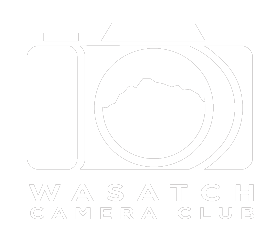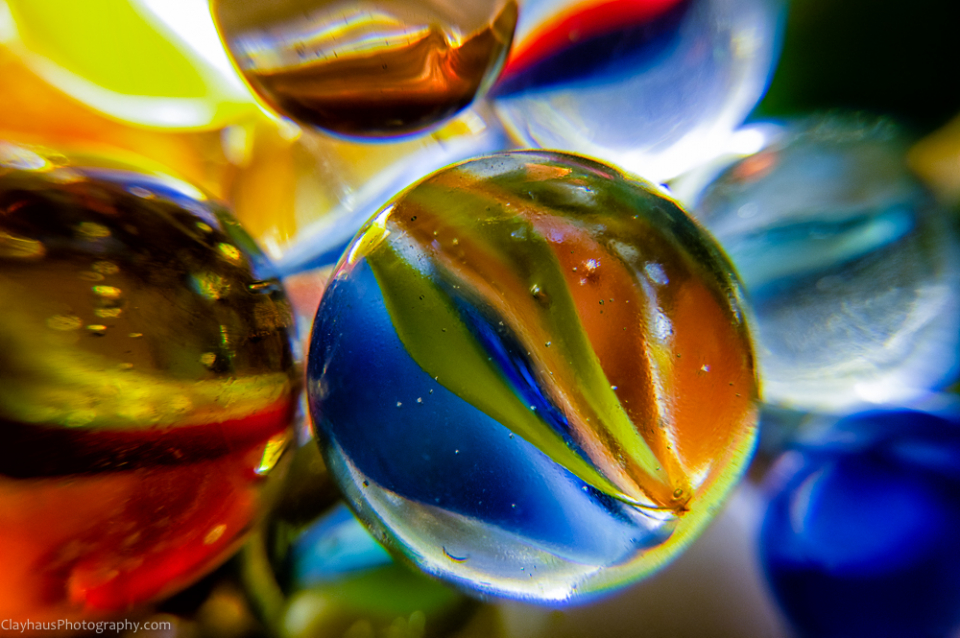Hopefully at this stage in the COVID-19 pandemic you’re not going too crazy and perhaps even exploring the fascinating world of macro and close up photography that I wrote about in the first and second posts in this expected series of five. In the first post I discussed using macro lenses, which I would say is the best way to get quality macro images, although it is certainly also the most expensive way. In the second post I discussed using the relatively inexpensive extension tubes to obtain macro like images (as well as some very cool abstract images ). I also wrote about the limitations with using those. This post is going to be focused on another inexpensive way of getting macro and closeup photographs: by using close-up lenses (also called close-up filters).
Like extension tubes, close-up lenses usually come in sets. Typically the sets are 1, 2, 4 and 10 power. Unlike extension tubes, which fit between your camera body and your lens, you need to be mindful of your lens thread size(s) when purchasing close-up lenses as they screw on the end of your lens, like filters do.
The positives with using close-up lenses are that they are inexpensive, lightweight, very portable, can be easily packed in the camera bag for travel, can be added together for stronger effects, and do not inhibit any of the electronic signaling from your lens to your camera body such as focus and exposure information.
The downside of using close-up lenses are that comparing them generally to macro lenses you will see that the images are often a bit soft (especially around the edges with the higher magnification ones) and exhibit chromatic aberration. You also will have to have a different set for every lens that you want to use them with. I, for instance, have three different sets in different thread sizes to use with different lenses. Using step-up rings would mitigate this.
Close-up lenses are most effective when paired with longer telephoto lenses than with shorter focal length lenses. The longer the focal length of your lens, the more magnification you will realize when attaching a close-up lens. As you can see in the set of four tape measure images below, the higher the power of the close-up lens, the closer the focal point moves to the camera itself. Quite dramatically in fact.
The vast majority of close-up filters that you can purchase -- for instance here on B&H Photo -- are single element lenses. They are inexpensive to make and the are pretty competitive. However single element lenses are most prone to the image quality issues mentioned above. For that reason, Canon makes a pair of close-up lenses with two elements that reviewers have commented favorably on. They are quite a bit more expensive — though still hundreds less than buying a macro — and are supposed to produce very good images with minimal or no chromatic aberration. If you have any experience with one of these I would be very curious to hear your results, as I do not own one. By the way, even though it’s made by Canon since you’re still screwing it on the end of your lens you can use it with any lens and any camera manufacture. Perhaps even more intriguing is a triple element close-up lens made by a company called Raynox. It actually utilizes a clever snap on mechanism so that it will work with any lens from thread size 52mm to 67mm. I’m tempted to pick one up...
My Sigma 105mm f2.8 macro lens used to be an integral part of my overseas travel kit but years ago I started leaving it home as I found the weight/space-to-usage ratio was not favorable. Extension tubes, whilst not heavy, are a bit bulky as well. Therefore, a set of close-up filters will likely be thrown in my bag on my next international trip. If I'm ever let out again!
Enjoy!


